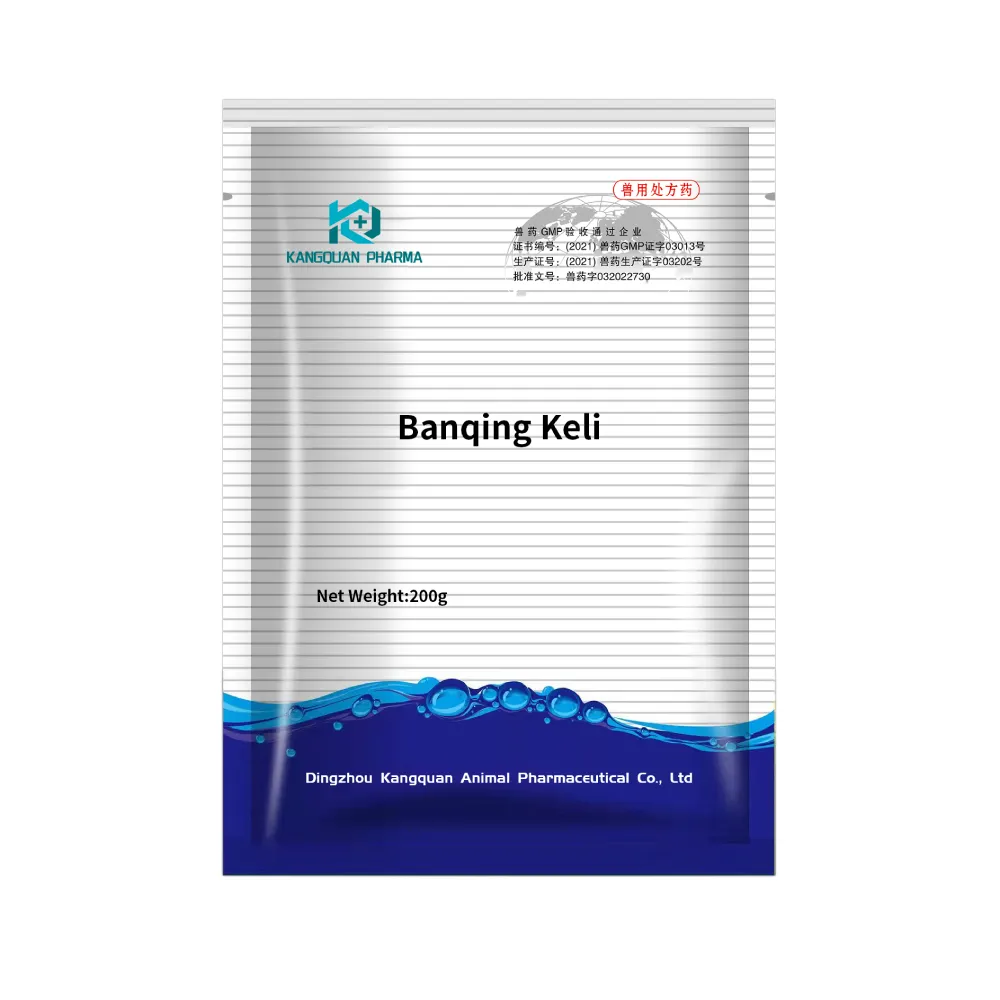- Afrikaans
- Albanian
- Amharic
- Arabic
- Armenian
- Azerbaijani
- Basque
- Belarusian
- Bengali
- Bosnian
- Bulgarian
- Catalan
- Cebuano
- Corsican
- Croatian
- Czech
- Danish
- Dutch
- English
- Esperanto
- Estonian
- Finnish
- French
- Frisian
- Galician
- Georgian
- German
- Greek
- Gujarati
- Haitian Creole
- hausa
- hawaiian
- Hebrew
- Hindi
- Miao
- Hungarian
- Icelandic
- igbo
- Indonesian
- irish
- Italian
- Japanese
- Javanese
- Kannada
- kazakh
- Khmer
- Rwandese
- Korean
- Kurdish
- Kyrgyz
- Lao
- Latin
- Latvian
- Lithuanian
- Luxembourgish
- Macedonian
- Malgashi
- Malay
- Malayalam
- Maltese
- Maori
- Marathi
- Mongolian
- Myanmar
- Nepali
- Norwegian
- Norwegian
- Occitan
- Pashto
- Persian
- Polish
- Portuguese
- Punjabi
- Romanian
- Russian
- Samoan
- Scottish Gaelic
- Serbian
- Sesotho
- Shona
- Sindhi
- Sinhala
- Slovak
- Slovenian
- Somali
- Spanish
- Sundanese
- Swahili
- Swedish
- Tagalog
- Tajik
- Tamil
- Tatar
- Telugu
- Thai
- Turkish
- Turkmen
- Ukrainian
- Urdu
- Uighur
- Uzbek
- Vietnamese
- Welsh
- Bantu
- Yiddish
- Yoruba
- Zulu
10 月 . 06, 2024 01:55 Back to list
glutaral and deciquam solution
The Importance of Glutaraldehyde and Deciquam Solutions in Disinfection
In the realm of public health and hygiene, the use of effective disinfectants has never been more crucial. Among these disinfecting agents, glutaraldehyde and deciquam solutions stand out for their efficacy, versatility, and broad-spectrum activity against a variety of pathogens including bacteria, fungi, and viruses. Understanding the properties, applications, and safety considerations associated with these solutions is essential for industries ranging from healthcare to food processing.
Glutaraldehyde A Broad-Spectrum Sterilant
Glutaraldehyde is a potent aldehyde compound widely utilized for its excellent disinfection properties. It is particularly favored in healthcare settings for sterilizing heat-sensitive instruments, such as endoscopes and surgical tools. The mechanism behind glutaraldehyde's effectiveness lies in its ability to penetrate cell membranes and cross-link microbial proteins, leading to cell death. Generally, a 2% solution of glutaraldehyde is used for high-level disinfection, while a 0.5% solution can disinfect surfaces and non-critical devices.
Despite its advantages, glutaraldehyde is associated with certain drawbacks, including its pungent odor and potential for sensitization and irritation of the skin and respiratory system. Therefore, proper handling and adequate ventilation are necessary when using this disinfectant. Additionally, glutaraldehyde solutions must be carefully monitored for pH levels since acidic or basic conditions can reduce their effectiveness.
Deciquam A Powerful Quaternary Ammonium Compound
glutaral and deciquam solution

Deciquam, or dodecylbenzenesulfonic acid, belongs to the family of quaternary ammonium compounds (quats) known for their surface-active properties. It is highly effective against Gram-positive and Gram-negative bacteria, making it suitable for various applications in healthcare, hospitality, and food processing industries. Deciquam solutions are often used for surface disinfection, sanitizing equipment, and in personal care products.
One of the critical advantages of deciquam is its compatibility with a wide range of materials, allowing it to be used on different surfaces without causing degradation. Additionally, its residual effect means surfaces remain disinfected for an extended period, reducing the frequency of reapplication. However, as with glutaraldehyde, safety considerations are paramount. Despite being generally regarded as safe, prolonged exposure to deciquam can lead to skin irritation or allergic reactions in sensitive individuals.
Conclusion The Role of Glutaraldehyde and Deciquam in Infection Control
Both glutaraldehyde and deciquam solutions play a significant role in infection prevention and control strategies. Their effectiveness in eliminating a wide spectrum of pathogens makes them invaluable tools in ensuring hygiene standards, particularly in environments that require stringent disinfection protocols.
As we continue to face emerging infectious diseases, the importance of effective disinfectants cannot be overstated. By balancing the benefits and risks associated with these agents, healthcare professionals and industries alike can implement appropriate protocols and contribute to a safer and healthier environment. In conclusion, the informed use of glutaraldehyde and deciquam solutions remains a cornerstone of infection prevention in various settings, underscoring the continual need for research and adherence to safety guidelines in the field of disinfection.
-
The Power of Radix Isatidis Extract for Your Health and Wellness
NewsOct.29,2024
-
Neomycin Sulfate Soluble Powder: A Versatile Solution for Pet Health
NewsOct.29,2024
-
Lincomycin Hydrochloride Soluble Powder – The Essential Solution
NewsOct.29,2024
-
Garamycin Gentamicin Sulfate for Effective Infection Control
NewsOct.29,2024
-
Doxycycline Hyclate Soluble Powder: Your Antibiotic Needs
NewsOct.29,2024
-
Tilmicosin Premix: The Ultimate Solution for Poultry Health
NewsOct.29,2024













